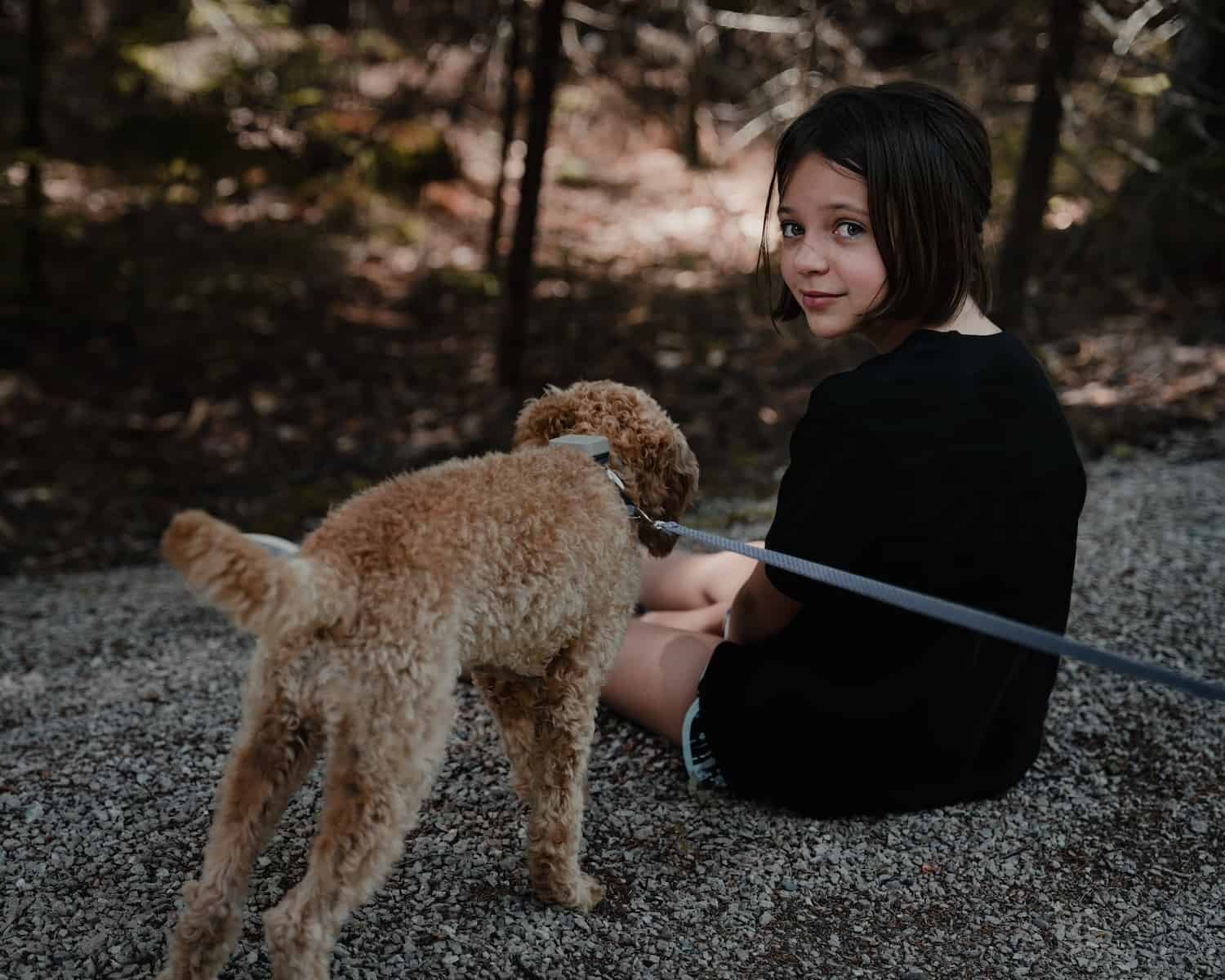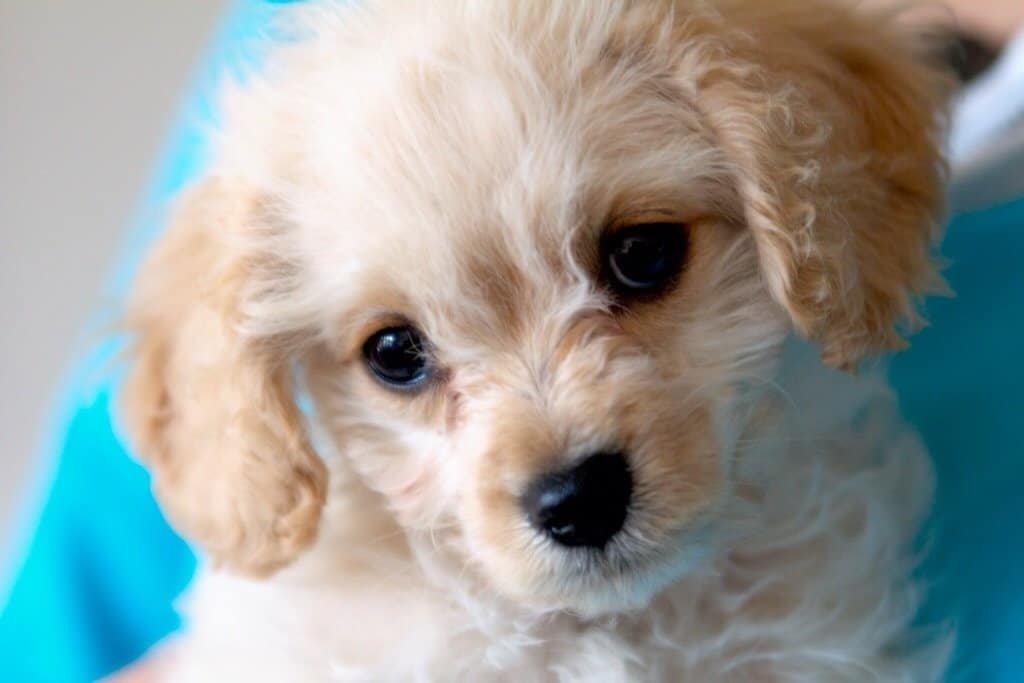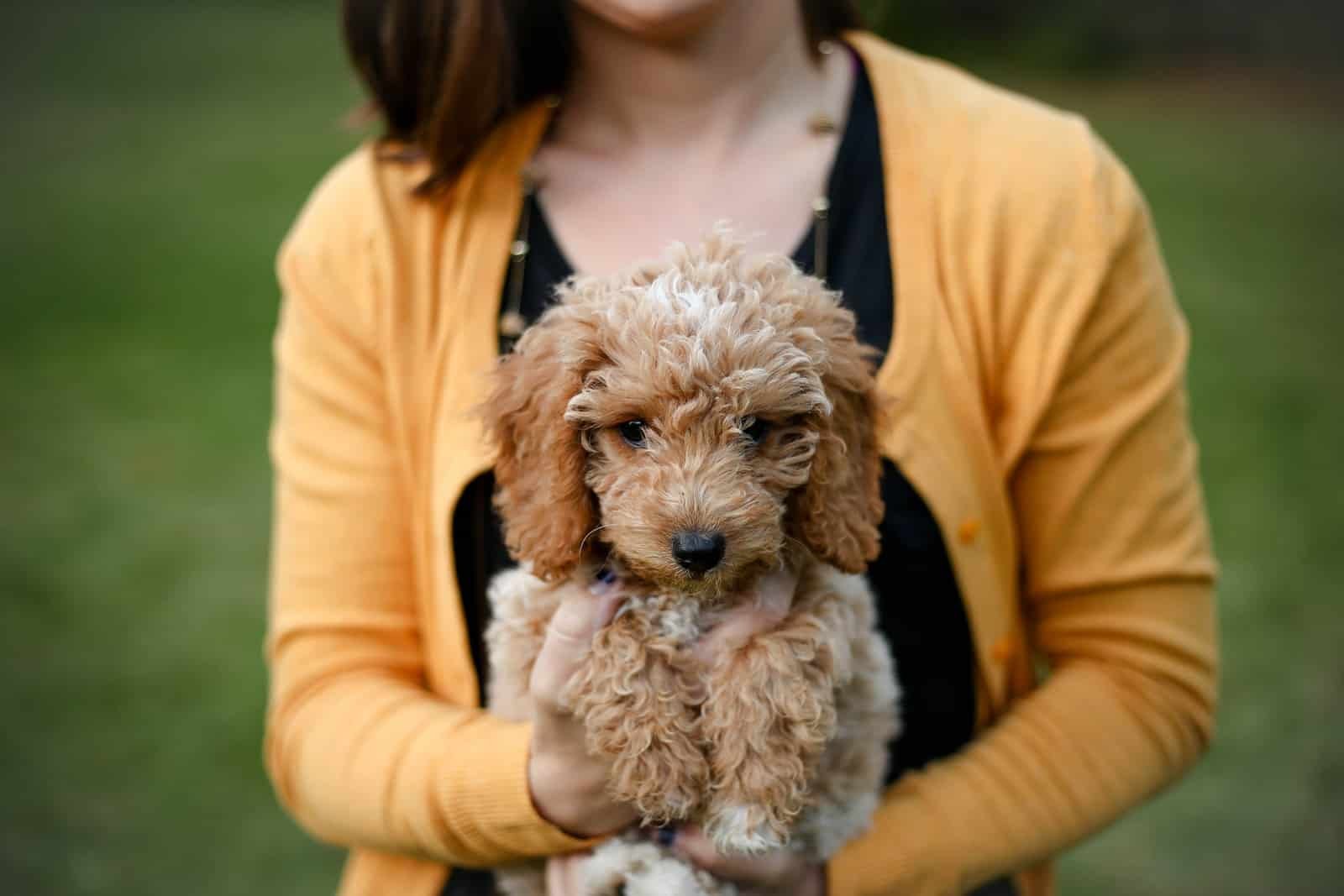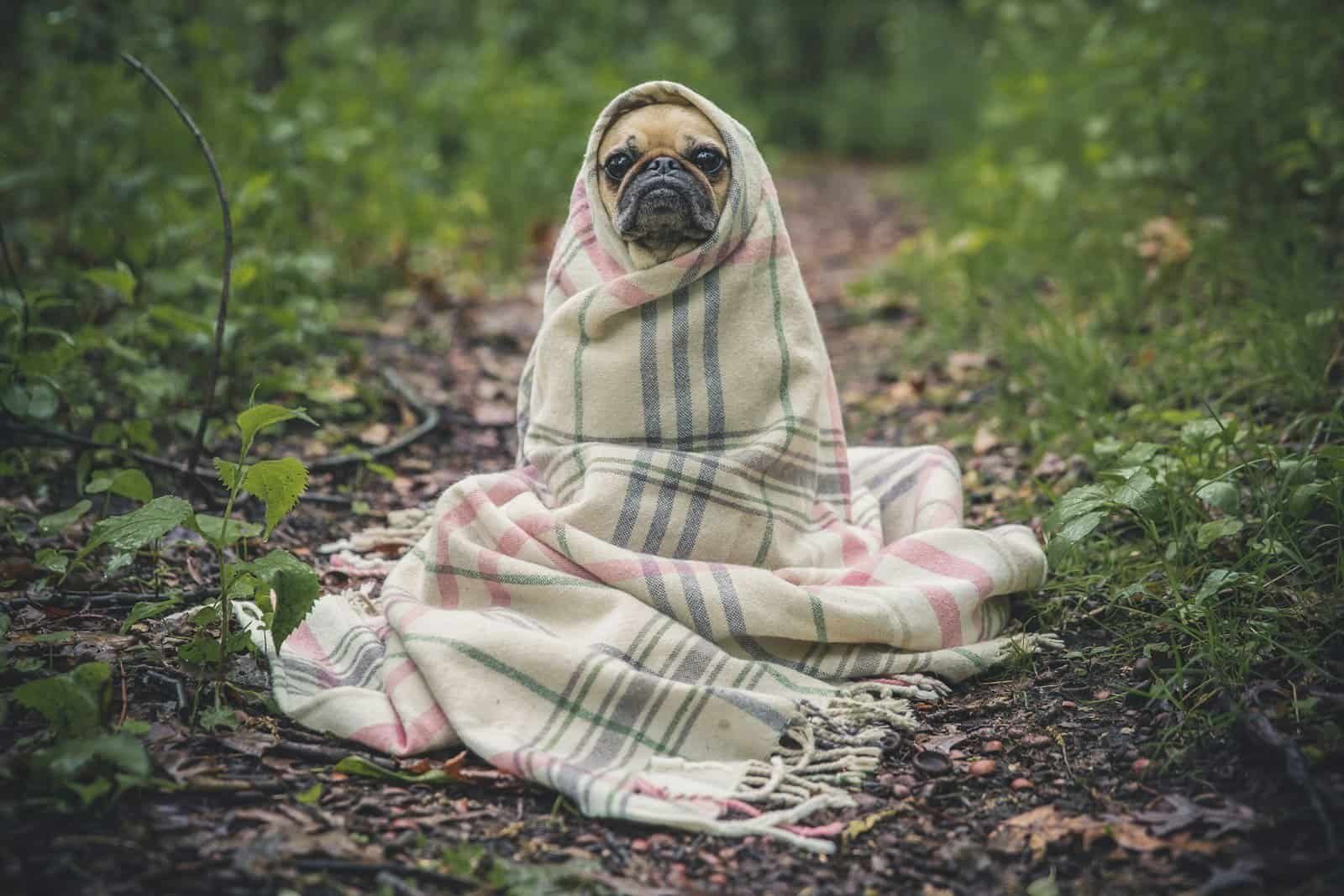
Are you a dog lover but suffer from allergies? Don’t worry, there is still hope for you to have a furry companion without the constant sneezing and itching. Hypoallergenic dog breeds are specially bred to produce fewer allergens, making them a great choice for people with allergies. In this article, we will explore the world of hypoallergenic dog breeds and help you find the perfect four-legged friend that won’t trigger your allergies.
When it comes to choosing a hypoallergenic dog breed, it’s important to understand what makes them different from other breeds. Hypoallergenic dogs have hair instead of fur, which means they shed less and produce fewer allergens. This is great news for allergy sufferers as it reduces the risk of allergic reactions. Additionally, hypoallergenic dogs usually have a lower dander production, which is another common allergen. With the right hypoallergenic breed, you can finally enjoy the companionship of a dog without constantly reaching for the tissue box.
In this article, we will discuss some of the most popular hypoallergenic dog breeds and their unique characteristics. From the playful and energetic Poodle to the affectionate and gentle Bichon Frise, there are plenty of options to choose from. Whether you’re looking for a small lap dog or an active companion for outdoor adventures, we’ll help you find the perfect hypoallergenic breed that suits your lifestyle and won’t trigger your allergies.
Definition of Hypoallergenic Dogs
Hypoallergenic dogs are breeds that are less likely to cause allergic reactions in people with dog allergies. Allergies to dogs are usually triggered by dander, which is made up of dead skin flakes, saliva, and pet hair. When people with allergies come into contact with these allergens, they may experience symptoms such as sneezing, a runny nose, and itchy skin.
Hypoallergenic breeds have certain characteristics that make them less likely to cause allergic reactions. These dogs typically have single coats, which means they have only one layer of fur instead of a double coat. This reduces the amount of shedding and dander that they produce. Additionally, hypoallergenic dogs often have curly or wiry coats, which can help to trap allergens and prevent them from becoming airborne.
Regular grooming and brushing are important for keeping allergen levels low in hypoallergenic dogs. Daily brushing can help to remove loose fur and dander, while regular grooming can prevent the accumulation of allergens on their coats. Some popular hypoallergenic breeds include the Bichon Frise, Portuguese Water Dog, and Chinese Crested.
If you are a dog lover with allergies, hypoallergenic dogs can be a great choice for you. These breeds offer the companionship and joy of having a canine companion without the worry of experiencing allergy symptoms. So, consider a hypoallergenic dog if you’re looking for a furry friend that won’t aggravate your allergies.
Popular Breeds and Coats
Hypoallergenic dog breeds have become increasingly popular amongst pet owners, especially those who suffer from allergies. These breeds possess specific characteristics that make them less likely to trigger allergic reactions. One of the key factors is their coat type. Hypoallergenic dogs typically have single coats, which means they have only one layer of fur instead of a double coat. This reduces the amount of shedding, which is often a common allergen for people with sensitivities.
In addition to single coats, hypoallergenic breeds often have curly or wiry hair. This unique texture can help trap allergens and prevent them from becoming airborne, minimizing the risk of triggering allergies. While no dog is completely hypoallergenic, these breeds tend to produce fewer allergens, such as dander and pet hair, making them a better choice for allergy sufferers.
Regular grooming and brushing are vital for keeping allergen levels low in hypoallergenic dogs. By brushing your canine companion daily, you can effectively remove loose fur and dander from their coat. Regular grooming also helps prevent the accumulation of allergens on their fur, reducing the risk of allergic reactions.
Some of the most popular hypoallergenic dog breeds include the Bichon Frise, Portuguese Water Dog, and Chinese Crested. These breeds not only have hypoallergenic coats but also possess other endearing qualities that make them popular choices for families and individuals. By selecting a hypoallergenic breed with suitable energy levels and temperament, allergy sufferers can enjoy the playful antics and companionship of a dog without sacrificing their health and well-being.
General Information
Hypoallergenic dog breeds are often sought after by people who have allergies to dogs. While no dog can be completely hypoallergenic, some breeds have characteristics that make them more suitable for individuals with mild or moderate dog allergies.
These hypoallergenic breeds tend to produce less dander, hair, and saliva, which are common allergens for allergy sufferers. Their coats are often single, curly, or wiry, which can help trap allergens and minimize their release into the air.
To further reduce allergen levels, regular cleaning practices are important. Frequent bathing of dogs can help remove allergens from their coats. Additionally, regularly cleaning and vacuuming the home can help control the spread of allergens in the living environment.
While owning a hypoallergenic dog does not guarantee a complete absence of allergic reactions, adopting these cleaning practices and choosing a breed with reduced allergen production can significantly lessen the impact of dog allergies on individuals.
Remember, it is always essential to consult with a healthcare professional or allergist before bringing a dog into a home with allergy sufferers to ensure that the chosen breed is suitable for their specific needs.
Types of Dog Coats
Understanding the different types of dog coats can help pet owners make informed choices when it comes to finding the right furry companion. From wiry to silky, curly to dense, each coat type has its own unique characteristics and maintenance requirements. In this article, we will explore the various types of dog coats and what potential pet owners should consider before bringing a new dog into their homes.
1. Single Coat
A single coat refers to dogs that have only one layer of hair. These breeds tend to shed less and produce fewer allergens, making them a popular choice for allergy sufferers. Breeds like the Bichon Frise and Shih Tzu have beautiful single coats that are soft and silky to the touch.
2. Curly Coat
Dogs with curly coats, such as the Poodle or Portuguese Water Dog, have tight curls that give their coats a distinct texture. The curls create a barrier that helps to trap allergens and prevent them from spreading into the air. Regular grooming and daily brushing are necessary to maintain the curly coat’s charm and prevent tangles.
3. Wiry Coat
Breeds like the Irish Terrier or the Spanish Water Dog possess wiry coats that are rough to the touch. These coats have a natural texture that contributes to their hypoallergenic properties. It is important to note that while these dogs may shed less, their coats require regular maintenance to prevent matting and keep them looking their best.
4. Double Coat
Double-coated breeds, such as the Golden Retriever or Husky, have two layers of fur – a dense undercoat and a longer topcoat. While these breeds are not considered hypoallergenic, their coats provide insulation and protection in extreme weather conditions. Regular brushing is essential in managing shedding and keeping the coat healthy.
5. Hairless Varieties
For those looking for a truly hypoallergenic option, hairless dog breeds might be the perfect choice. Chinese Cresteds and Xoloitzcuintlis, for example, have minimal to no hair, significantly reducing the allergen levels in the environment. However, it’s worth noting that hairless breeds still produce dander and may require protection from sunburn and cold weather.
When considering which type of dog coat is best suited for you and your family, it’s important to keep in mind factors such as shedding, grooming requirements, and allergen levels. Each coat type comes with its own unique advantages and maintenance needs. By understanding the different coat types, potential pet owners can make a well-informed decision and find a canine companion that fits seamlessly into their lives.
Double-Coated Breeds
Double-coated breeds, such as the Soft-Coated Wheaten Terrier, have two distinct layers of fur – a dense undercoat and a longer topcoat. These breeds are known for their beautiful and luxurious coats, but it’s important to note that they may shed more than hypoallergenic breeds with single coats.
The undercoat of double-coated breeds acts as insulation, keeping them warm in colder climates. However, it also means that these dogs require regular grooming to manage shedding and maintain a healthy coat. Daily brushing is necessary to prevent matting and remove any loose or dead hair.
In addition to regular brushing, it’s important to note that double-coated breeds may require professional grooming to manage their longer topcoat. Trimming the fur can help prevent tangles and keep the coat looking its best.
Some examples of double-coated breeds, besides the Soft-Coated Wheaten Terrier, include the Golden Retriever and the Husky. These breeds are popular for their striking appearance and their ability to thrive in extreme weather conditions. However, potential owners should be aware of the additional grooming requirements associated with their double coats.
If you’re considering a double-coated breed, be prepared for a bit more maintenance than with hypoallergenic breeds. Regular brushing and grooming will help keep your dog’s coat healthy and reduce the amount of shedding in your home.
Characteristics
Maltese dogs are known for their charming and distinctive characteristics. These small, toy-sized breeds have a temperament that is both playful and gentle, making them an ideal choice for those looking for a lap dog that can provide companionship and love.
Their friendly and sociable nature allows them to get along well with both children and other pets, and their adaptability means they can thrive in a variety of living situations, whether it be an apartment or a house with a yard.
On average, Maltese dogs weigh around 4 to 7 pounds and stand about 8 to 10 inches tall at the shoulder. They have a silky, white coat that is often long and curly, giving them their signature appearance. This longer coat requires regular grooming to keep it looking its best, but the good news for allergy sufferers is that these hypoallergenic dogs shed very minimally, which means they are less likely to trigger allergies compared to other breeds.
In addition to their hypoallergenic nature, Maltese dogs are beloved for their playful antics, which make them great companions for energetic owners. Their gentle temperament also makes them a wonderful choice for families with children. Their small size and friendly nature make them an ideal lap dog, providing comfort and companionship to their owners.
Overall, Maltese dogs are a popular choice for those seeking a hypoallergenic, playful, and gentle lap dog with a beautiful, curly coat.
Grooming Requirements
One of the many advantages of hypoallergenic dog breeds is their low-shedding coats, which reduces the likelihood of triggering allergies in people with sensitivities. However, these breeds still require regular grooming to keep their coats healthy and free from allergens.
Regular grooming for hypoallergenic dogs often involves trips to a professional groomer. These experienced professionals have the expertise to give your dog a thorough grooming session, which may include a bath, haircut, nail clipping, and ear cleaning. While this can be an additional expense, it is essential for maintaining the health and appearance of your furry friend.
In addition to professional grooming, daily brushing is crucial for hypoallergenic breeds. This helps remove loose hair and prevents it from becoming airborne and causing allergies. It also minimizes the accumulation of allergens, such as dander, dead skin cells, and saliva, which can trigger allergic reactions. Brushing also helps keep the coat tangle-free and prevents matting.
Bathing your hypoallergenic dog with specialty shampoos designed for sensitive skin is another important grooming requirement. These shampoos are specifically formulated to be gentle on the skin and help reduce allergens. Regular bathing helps wash away potential allergens and keeps your dog’s coat clean and healthy.
By following these grooming practices, you can help minimize allergen levels and create a more comfortable environment for allergy sufferers. To maintain a clean living space, keep dog-free areas, clean regularly, invest in a good vacuum and air filter, change clothes after contact with your dog, and wash their bedding and toys often. These actions help create an allergy-friendly environment for you and your hypoallergenic dog by reducing allergens.
Health Considerations
When choosing a hypoallergenic dog breed, it’s important to be aware of the potential health issues that may arise. While these breeds are known for their allergy-friendly qualities, they are not immune to certain health conditions. To ensure the well-being of your furry companion, regular vet check-ups, vaccinations, and preventive care are crucial.
Common health conditions that can affect hypoallergenic dogs include skin allergies and respiratory problems. Some dogs may be prone to skin irritations and allergies, which can cause itching, redness, and discomfort. Regular visits to the vet can help identify and treat these conditions, ensuring your dog’s comfort and overall health.
Respiratory problems, such as asthma or bronchitis, can also be a concern for some hypoallergenic breeds. These conditions may require medication or lifestyle adjustments to manage effectively. Regular check-ups with a trusted veterinarian can help monitor your dog’s respiratory health and address any issues that may arise.
Maintaining your hypoallergenic dog’s health extends beyond vet visits. Providing regular exercise and a well-balanced diet is essential for their overall well-being. Staying active keeps them in shape and strong, while a nutritious diet boosts their immune system and promotes healthy skin.
By being proactive in the care of your hypoallergenic dog’s health, you can help ensure a long and happy life for your beloved furry friend. Taking care of your pet’s health involves regular vet check-ups and preventive care.
Other Hypoallergenic Breeds
The Bichon Frise is a popular hypoallergenic breed, but there are other options for people with allergies. These breeds offer a variety of coat types and temperaments, making it easier for allergy sufferers to find their perfect canine companion.
1. Portuguese Water Dog: Known for their wavy or curly coats, Portuguese Water Dogs are a great choice for allergy sufferers. Their low-shedding coats produce minimal dander, reducing the potential for allergic reactions. These medium-sized dogs are also highly intelligent and active, making them suitable for active owners or families.
2. Chinese Crested: This unique breed comes in both hairless and coated varieties, providing options for individuals with different preferences. The hairless varieties have smooth, soft skin and minimal shedding, while the coated varieties have a dense, silky coat that requires regular grooming. Chinese Cresteds are known for their playful antics and affectionate nature, making them great family dogs.
3. Shih Tzu: With their long, silky hair and adorable faces, Shih Tzus are a popular choice for allergy sufferers. Their single coat sheds minimally, reducing allergen levels in the home. These small dogs are known for their friendly and gentle temperament, making them ideal companions for individuals or families.
4. Irish Water Spaniel: Sporting a dense and curly coat, Irish Water Spaniels are another hypoallergenic option worth considering. Their curly coat helps to trap dead skin and dander, minimizing the allergens in the environment. These intelligent and active dogs are well-suited for individuals who enjoy outdoor activities.
When choosing a hypoallergenic breed, it’s important to consider factors beyond just allergies. Take into account their energy level, grooming requirements, and compatibility with your lifestyle. You can find a hypoallergenic dog that brings joy and companionship without triggering allergies by doing careful research.





